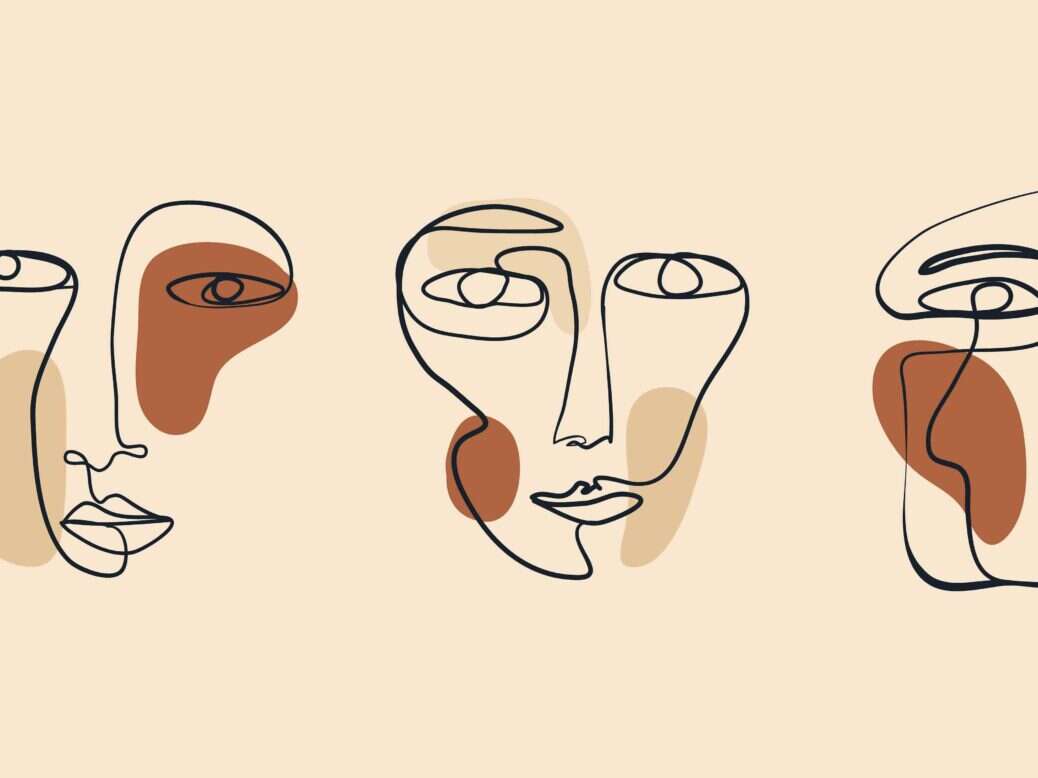
In the first of a new series looking at the philosophical implications of widely used terms in the modern wine lexicon, Barry C Smith unpacks the meanings of taste.
For wine lovers, the most important thing about a wine is how it tastes. But what do we mean by the taste of a wine? How do we talk about it? Is taste a purely subjective, individual matter or is there such as thing as the true taste of a wine which we can perceive or fail to perceive?
A treacherous word
Let’s start with the word taste itself. It is a treacherous word having several meanings in English. By taste we might mean one of the five senses, alongside smell, touch, hearing, and sight. We might also use the word tastes to refer to what we detect when we exercise that sense: the sweet, sour, salty, bitter tastes that a wine could have. Taste is also a verb: to taste something, describing the activity of tasting by which we discover what a wine tastes like. In addition, taste is a term in aesthetics meaning fine discrimination and judgement as when we say something is to my taste, or that she has good taste in wine.
When it comes to wine, the most important uses of the word to focus on are tastes and tasting, both of which bear further scrutiny. Although we speak of the tastes of a wine, we are talking about more than taste itself. Our sense of taste works through the activation of receptors on the tongue that highlight salt, sweet, sour, bitter, and umami (savory). These are the basic tastes with their own dedicated receptors that equip us to detect the presence of salt, sugars, acidity, bitter compounds, glutamates, and nucleotides in our food and drink. However, the act of tasting something involves many more senses than this. The senses of touch and smell are necessary to reveal the textures and aromas of wines and clearly what we ordinarily call a wine’s “taste” is not limited to salt, sweet, sour, bitter, or umami. When tasting we may pick out the blackcurrant note in a red Bordeaux, the gooseberry note in a New Zealand Sauvignon Blanc, or lychee in a Gewürztraminer. None of these fruit flavours can be constructed from some ratio of sweet, sour, bitter, or savory. There is no taste arithmetic here. Instead, the distinctive characteristics of wines from these different grape varieties is due not to taste proper—basic tastes—but to smell, where the involvement of the nose is not merely due to odors we inhale from the glass, but to retronasal smells that arise from the liquid in our mouth and travel through the back of the throat to the receptors in the nasal cavity in the nose. Odors are pulsed there when we swallow. It is this combination of odors from the mouth with tastes on the tongue that seamlessly creates the unified experience of flavor.
Touch and feel
Touch also plays a role in what we call taste. Wine drinkers can complain about the taste of a tannic wine, but the astringency they recoil from is not a taste but a feel. That rough-edged feeling of friction comes from the tannins in the grape skins that coagulate protein in our saliva making it less slippery. Hold a mouthful of tannic wine still in your mouth without moving and you will not experience that “taste.” We can add to what we call taste the burning or cooling sensations produced by contact with spices. What we call “the taste” of menthol is actually: a minty aroma; a slightly bitter taste; and a cool sensation in the mouth. Take any one of these elements away and we no longer have menthol. Tasting is really a multisensory experience involving taste, touch, and smell.
The challenge of description
Finally, there is the challenge of trying to describe the taste (flavor) of a wine. Notice that we very naturally confuse smell and tastes (taste proper), when we say that a vanilla aroma from a Napa Chardonnay smells sweet. Sweet is a taste, not a smell; and vanilla has no sweetness as you’ll discover if you bite into a vanilla pod. Rather, it’s the association between vanilla aroma and sweet tastes, in ice cream, chocolate, and cake, that leads the brain to associate that smell with sweetness. Similarly, when we say a wine tastes fruity, we usually assume that means it tastes sweet. But the fruity aromas from raspberries or cherries can belong to berries that are fruity-tart or fruity-sweet. The sour cherry of a lean Pinot Noir can be fruity too. Often confusions, like those between smell and tastes are helpful, being due to crosstalk between the senses that help to focus in on the taste (flavor) of a wine. We say lemons taste sharp, although sharp is a feel not a taste. This is a convenient way of associating experience in one sensory modality with that in another and it provides a ready and natural shorthand when we want to convey something about the wines. Shape descriptions can help. We expect a rounded wine to be neither sharp nor lean.
On the way to a useful tasting note
Tastes proper have names: salt, sweet, sour, bitter, umami; but smells do not. We use the name of the source to get at the smell it gives off. We speak of the smell of rose or leather or tar, and the trouble is that more than one source can give rise to a characteristic smell. This is part of our difficulty when we try to describe the “taste” of a wine. We speak of blueberries or sweaty saddles, although neither of these are in the wine. Sometimes, a word will pick out what’s there to be discovered. The buttery taste of a Chardonnay is due to the diacetyl that results from a long secondary fermentation, and of course, the compound diacetyl is in butter. There are facts about flavor (taste + smell) there to be perceived and if you can resist the fruit salad school of tasting note—the peach, the mango, the melon—and search for the nearest source of those aromas, be they fruits, flowers, or woods, zoom in on the tastes on the tongue, especially the sweet-sour balance, and try to capture perhaps with a fabric (silk, satin, or velvet) the mouthfeel of the wine, you may be well on your way to a useful tasting note.
Barry C Smith is a professor of philosophy and director of the Institute of Philosophy at the University of London’s School of Advanced Study. He is also the founding director of the Centre for the Study of the Senses, which pioneers collaborative research between philosophers, psychologists, and neuroscientists.






